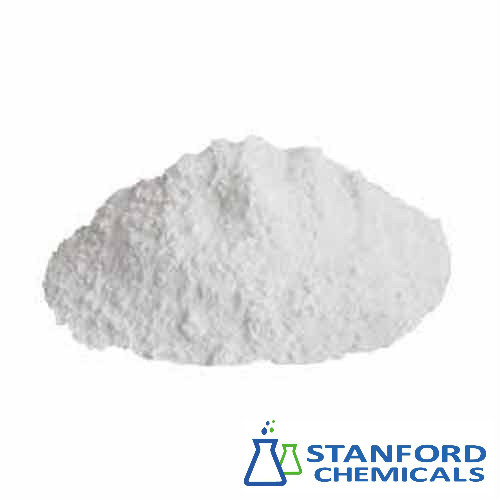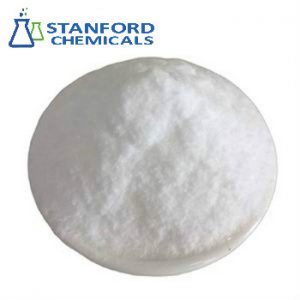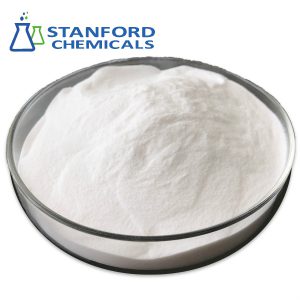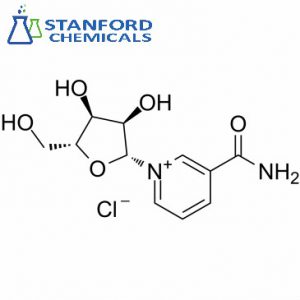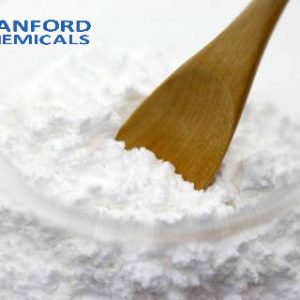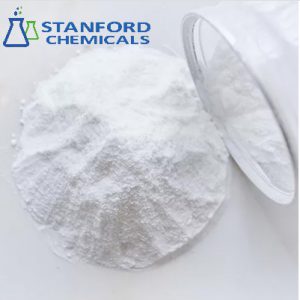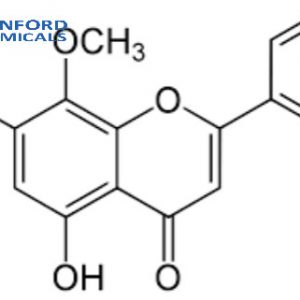- Home
- Foods and Nutraceuticals
- 030-000-132 Carboxymethyl Cellulos
030-000-132 Carboxymethyl Cellulos
Carboxymethyl cellulose (CMC), white or yellowish powder, is a natural cellulose after etherification reaction, its aqueous solution has a thickening, water conservation, colloid protection function, thus it is applied in the food industry, as ice cream, canned, jam of thickening agent, beer foam stabilizer, etc.
- Description
Description
Carboxymethyl Cellulos Description
CMC is an anionic water soluble polymer based on renewable cellulosic raw material. It functions as rheology modifier, retains water, and is an excellent film former. These attributes make it a preferred choice as a bio-based hydrocolloid in multiple applications.
Carboxymethyl Cellulos Specification
| Product Name | Sodium Carboxymethyl Cellulose (CMC) |
| Specification | Food Grade |
| CAS No. | 9004-32-4 |
| EINECS No. | 900-432-4 |
| Appearance | white or cream color powder |
| Grade | Food Grade |
| MF | [C6H7O2(OH)2CH2COONa]n |
| Weight | 25kg/bags |
| Shelf Life | 2 years |
| Certification | HACCP,ISO,KOSHER,HALAL |
Functionality of Carboxymethyl Cellulose
Carboxy methyl cellulose has several functions depending on the following:
· Its amount and homogeneity of the substitution of sodium ions
· Length of Carboxy methyl cellulose chain
· The backbone of cellulose
Applications Of Carboxy Methyl Cellulose
Construction Industry
CMC is used in most of the compositions of cement and building materials because it acts as a stabilizer and hydrophilic agent. It improves the dispersion of sand in the cement, and intensifies its adhesive action. It is also used as glue in upholstery.
Detergents
The detergent industry is the largest consumer of CMC. Technical grade CMC compositions are most often used for soaps and detergents. CMC acts as an inhibitor of the redeposition of grease in the fabric after it has been removed by the detergent.
Adhesives
CMC is added to various compositions of glues and adhesives that are used for almost any material. It is widely used in the leather industry. Adhesives that join wood to other wood have been effectively made by combining CMC with starch and phenol formaldehyde.

